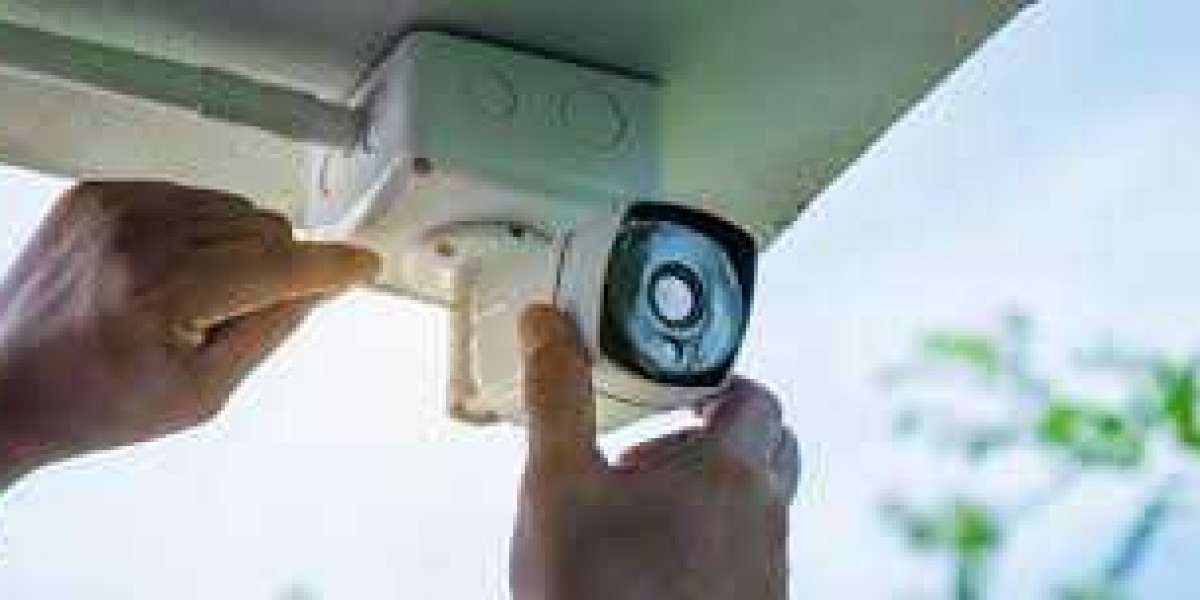Installing CCTV security camera systems is one of the most effective ways to protect your property, whether it’s a home, business, or public space.
However, many people make avoidable mistakes during the installation process that can compromise the effectiveness of their security system.
This guide highlights common mistakes to avoid during CCTV security camera installation to ensure optimal performance and security.
1. Choosing the Wrong Camera Type
One of the most common mistakes is selecting the wrong type of camera for your needs. Not all cameras are suitable for every environment.
- Indoor vs Outdoor: Outdoor cameras need to be weatherproof and durable, while indoor cameras focus more on image quality.
- Fixed vs PTZ (Pan-Tilt-Zoom): Fixed cameras monitor a specific area, whereas PTZ cameras provide a wider coverage by allowing movement and zoom.
- Wired vs Wireless: Wired cameras are reliable but require more effort to install, while wireless cameras offer flexibility but depend on strong Wi-Fi signals.
Choosing the wrong camera often leads to additional costs when replacing equipment that doesn’t meet your needs. Take time to assess your environment before purchasing.
2. Poor Placement of Cameras
Incorrect placement can render your CCTV system ineffective.
- High Placement: Placing cameras too high can reduce the quality of facial recognition.
- Obstructions: Ensure there are no obstacles blocking the camera's view.
- Blind Spots: Conduct a thorough assessment to cover all vulnerable points, such as entryways, windows, and back alleys.
It’s essential to create a detailed security plan that identifies key areas requiring surveillance, ensuring that no critical spots are overlooked.
3. Ignoring Lighting Conditions
Lighting plays a crucial role in the quality of CCTV footage.
- Overexposure: Placing cameras directly facing light sources can cause glare.
- Insufficient Lighting: Dark areas require cameras with night vision or additional lighting.
Consider using infrared cameras for low-light areas and adjusting the position of lights to avoid interference with camera lenses.
4. Not Considering Storage Requirements
Many users underestimate the amount of storage needed for their CCTV footage.
- High-Resolution Cameras: These require more storage space.
- Continuous Recording: Opting for motion-activated recording can save storage.
- Cloud vs Local Storage: Choose based on your budget and need for accessibility.
Additionally, establish a schedule to back up footage regularly and review storage capacity to avoid loss of critical data.
5. Neglecting Network Security
Unsecured CCTV systems are vulnerable to hacking.
- Weak Passwords: Always change default passwords to strong, unique ones.
- Firmware Updates: Regularly update your system’s firmware.
- Secure Network: Use a VPN and firewall for added security.
A compromised CCTV system not only endangers your security but also exposes sensitive data to unauthorized access.
6. Inadequate Power Supply
Power interruptions can make your CCTV system useless.
- Backup Power Supply: Use UPS systems to prevent outages.
- Power Over Ethernet (PoE): Simplifies wiring and ensures a stable power supply.
Investing in reliable power backup systems ensures continuous surveillance even during unexpected power failures.
7. Overlooking Legal Requirements
Failing to comply with legal regulations can lead to fines.
- Signage: Inform people that they are under surveillance.
- Privacy Laws: Avoid placing cameras in areas where privacy is expected, such as bathrooms.
Familiarize yourself with local surveillance laws to avoid legal complications and ensure ethical monitoring.
8. Skipping Professional Installation
While DIY installation can save costs, it may compromise system efficiency.
- Expert Assessment: Professionals can recommend the best setup.
- Correct Installation: Ensures all components function optimally.
Professional installers also provide warranties and support, which are invaluable for system maintenance.
9. Failing to Maintain the System
Maintenance is crucial for long-term efficiency.
- Regular Checks: Inspect cameras and cables for wear and tear.
- Software Updates: Keep software up to date for new features and security patches.
Implement a maintenance schedule to ensure all equipment is operational and any issues are promptly addressed.
10. Not Testing the System Post-Installation
Testing ensures everything is working as intended.
- Check Angles and Coverage: Adjust if necessary.
- Test Connectivity: Ensure seamless remote access.
- Verify Recording: Make sure footage is being recorded and stored correctly.
Perform regular tests even after installation to identify potential problems and rectify them promptly.
Additional Tips for Effective CCTV Installation
- Use quality cables and connectors to prevent signal loss.
- Label cables for easy maintenance and troubleshooting.
- Ensure proper ventilation for equipment to avoid overheating.
Conclusion
Avoiding these common mistakes during CCTV security camera systems installation ensures robust security and peace of mind.
A well-installed CCTV system enhances safety, deters crime, and provides valuable evidence when needed.
Take the time to plan, choose the right equipment, and maintain your system for the best results.








